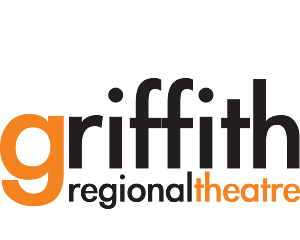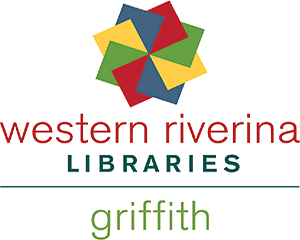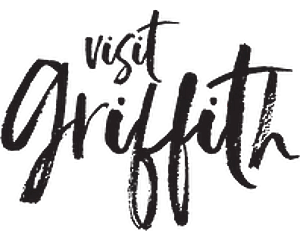Biodiversity
Flora and Fauna
The Griffith Local Government Area (LGA) remnant vegetation patterns reflect more than a century of land use for agriculture and urbanisation with less than 8% of the region's remnant vegetation remaining. Mapping of the current extent of native vegetation within the Griffith LGA was completed during 2010.
The remaining vegetation exists in pockets throughout the LGA and is degraded with threats including isolation, development, grazing and weed invasion. It is located on rocky ridgelines such as the McPherson's Range, low lying areas such as the riverine floodplain and depressions, wetlands and roadsides.
Over 730 individual flora species and 320 fauna including 240 bird species have been recorded in the Griffith LGA on the online Bionet Atlas of NSW Wildlife. Despite this array, our biodiversity is under constant threat of decline. Thirty five of the species recorded on the database are classified as threatened species.
The Griffith LGA has 11 different remnant vegetation community types, each occurring on lands of differing soils, elevation, aspect and water regimes. Each community is host to a wide array of differing flora and fauna species.
Currently, Council has various programs are underway that will improve biodiversity within the Griffith Local Government Area including community and school tree planting events and the greater use of local native species in our parks and gardens.
What you can do to assist local native wildlife;
In the yard
- Plant local native vegetation that provides food for animals. For example, wattles which are ideal for nectar eating birds and insects. Talk to your local nursery or garden centre for advice.
- Provide wildlife friendly materials. For example, install a flat rock in a sunny spot for cold blooded lizards.
- Create shelter and protected area for animals. This can be done in several ways such as nesting hollows in old mature trees or constructing nest boxes with various sized entrance holes for birds.
- Learn more about the plants that grow in your backyard and how they may spread. Are there any weeds? Landowners are responsible for the control of noxious weeds found on their property.
On holidays
- Visit national parks, gardens and natural areas to learn more about your environment.
- Care for the Bush. Make sure that all campfires and cigarettes are properly extinguished before leaving the bush, and remember to take your rubbish with you.
- Drive carefully. Watch out for native animals when driving at dusk or dawn, particularly in bush areas.
Assist Local Groups
- Join clubs or groups that help provide expertise and protection to local biodiversity.
- Volunteer for events such as Planet Ark Tree Day or Clean Up Australia Day to assist in preserving our natural environment.
Useful Information
Waterwise Plants List
A Guide to Planting Natives
Waterwise and Salt Tolerant Plant Book







